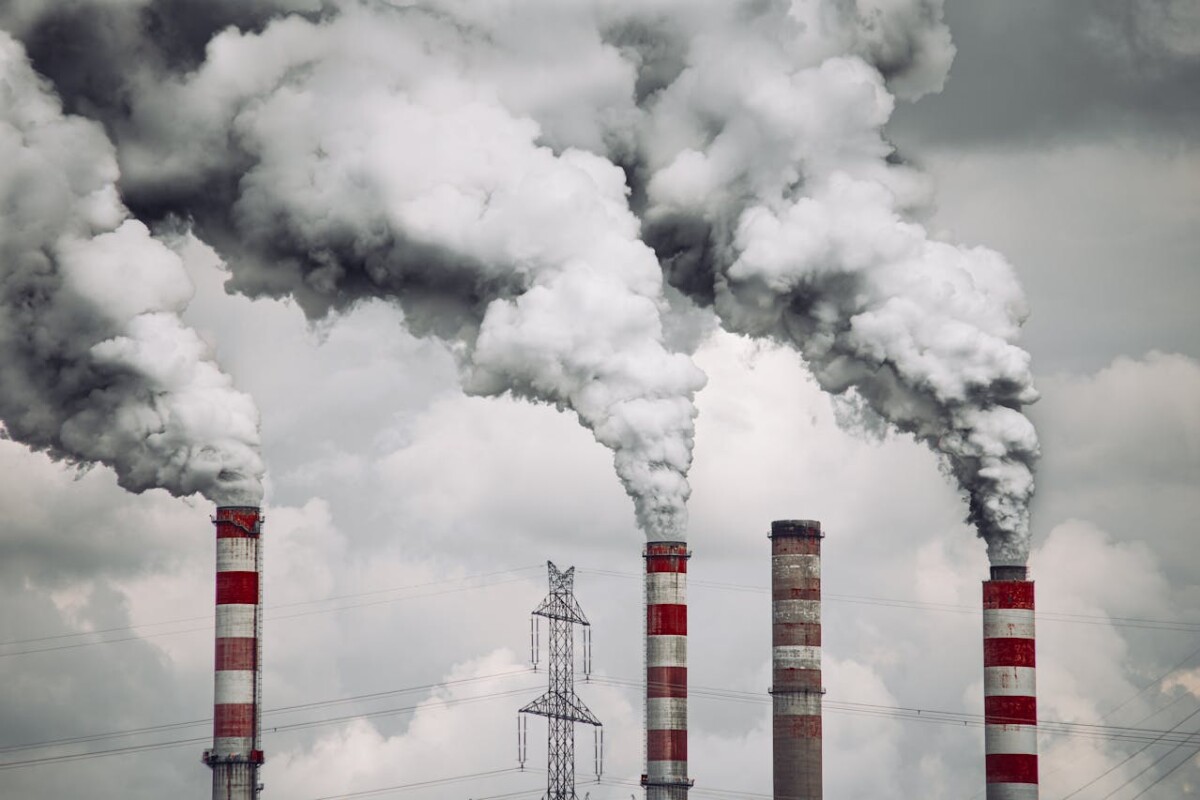What Are Renewable and Non-Renewable Resources?
In this article “what are renewable and non-renewable resources”, we will explore what are renewable and non-renewable resources, focusing on their definitions, types, examples, and the long-term consequences of relying on each.
The world depends on a wide range of energy sources for daily activities, electricity generation, and industrial processes.
A key distinction is made between renewable and non-renewable resources, which not only impacts our environment but also shapes our future energy policies.
But what are renewable and non-renewable resources, and why is it important to understand them?
These two categories of energy resources represent fundamentally different types of supplies, each with distinct environmental and societal implications.
With growing concerns about climate change, the need to understand the differences between these resources has never been more critical.
What Are Renewable and Non-Renewable Resources?
Definition of Renewable Resources
Renewable resources are those that can be replenished naturally over time. Unlike non-renewable resources, which exist in finite quantities.
Renewable resources are continuously available through natural processes.
They are essential for sustainable energy and play a crucial role in reducing greenhouse gas emissions and combating climate change.
Examples of Renewable Resources
Solar Energy: Derived from the sun’s radiation, solar energy is one of the most abundant and reliable renewable resources.
By harnessing this energy using solar panels, we can generate electricity without emitting harmful greenhouse gases.
Wind Energy: Wind power, captured through wind turbines, is another vital source of renewable energy. This energy source is clean, widely available, and essential for reducing carbon emissions.
Geothermal Energy: Heat from beneath the Earth’s surface, often harnessed through geothermal power plants, is another renewable resource that has gained traction in recent years.
Definition of Non-Renewable Resources
Nonrenewable resources, on the other hand, are finite and cannot be replenished within a human lifetime.
Once these resources are consumed, they are gone for good, leading to increasing concerns about their depletion.
What are renewable and non-renewable resources? Understanding this distinction is crucial as it influences the sustainability of our energy systems.
Examples of Non-Renewable Resources
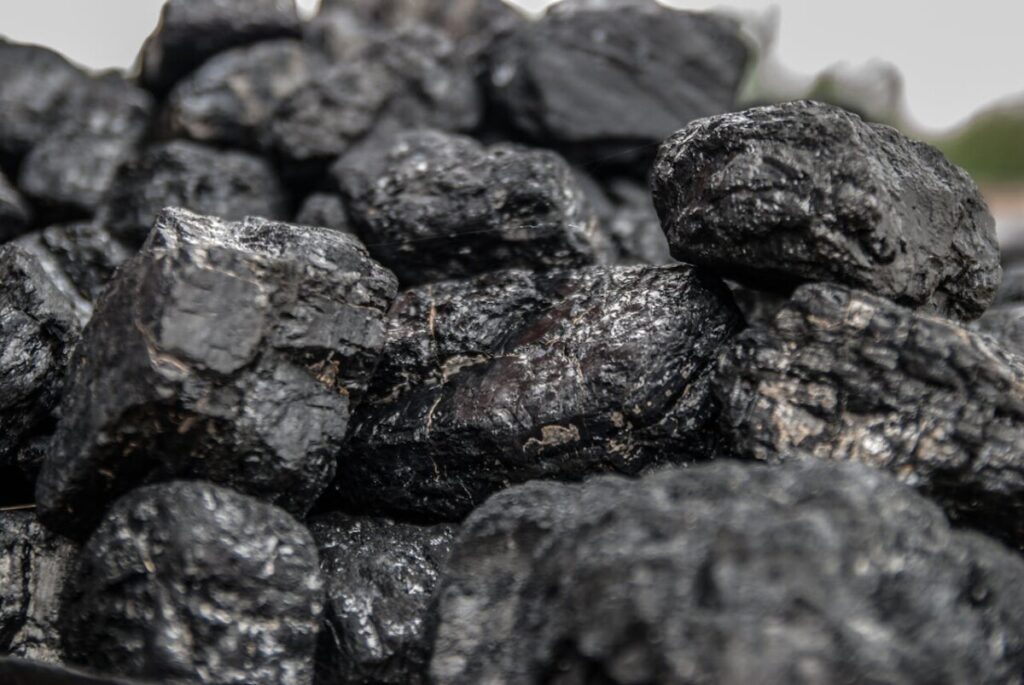
Fossil Fuels: These include crude oil, natural gas, and coal, which are formed from the decomposition of organic matter over millions of years.
Fossil fuels remain the primary source of electricity generation and energy for transportation.
Nuclear Energy: Derived from uranium ore through the process of nuclear fission, nuclear energy is considered non-renewable due to the limited availability of uranium.
Environmental Impacts of Non-Renewable Resources
Non-renewable resources like fossil fuels contribute significantly to greenhouse gas emissions, particularly carbon dioxide.
This accelerates global warming and increases the risk of severe environmental consequences. Such as rising sea levels and extreme weather events.
Moreover, the extraction of non-renewable resources, such as coal mining and oil spills, causes significant damage to ecosystems, leading to long-term environmental degradation.
In the next section, we will dive deeper into the types of renewable and non-renewable resources, their benefits, and the challenges associated with their use.
Types of Renewable and Non-Renewable Resources
Types of Renewable Resources
Several types of renewable resources are essential to the development of sustainable energy solutions.
These resources have gained prominence due to their ability to meet energy needs while minimizing the environmental footprint.
1. Solar Energy
Solar energy is captured using solar panels that convert sunlight into usable electrical energy. The energy from the sun is vast and renewable, making it an attractive option for a sustainable future.
In recent years, technological advancements have improved the efficiency of solar cells, making solar energy more accessible for commercial use and large-scale renewable energy projects.
2. Wind Energy
Wind power is generated by harnessing the kinetic energy of the wind through wind turbines.
Offshore wind farms and land-based turbines have proven effective in generating significant amounts of clean energy.
One of the main reasons for the increasing popularity of wind energy is its ability to produce electricity without harmful emissions.
3. Geothermal Energy
Geothermal energy comes from the heat stored beneath the earth’s crust. This heat is accessed through natural phenomena such as hot springs or drilled wells, often used in geothermal power plants.
Unlike solar and wind energy, geothermal energy is not dependent on weather conditions, making it a more consistent energy source.
Renewable and Non-Renewable Resources

4. Hydropower
Derived from the energy of flowing water, hydropower is one of the oldest and most widely used renewable energy sources.
It involves harnessing the energy of rivers and waterfalls to produce electricity. However, the construction of large dams for hydropower can have significant environmental impacts on ecosystems and local communities.
5. Biomass Energy
Biomass is derived from organic material such as plant matter, wood, and agricultural waste. When burned, these materials release energy that can be used for electricity generation or heating.
Biomass is often considered a renewable resource because the carbon released during burning is part of the natural processes of the carbon cycle, provided that the rate of consumption does not exceed the rate of replenishment.
Types of Non-Renewable Resources
While renewable resources offer a cleaner and more sustainable energy future, the majority of the world’s energy consumption still relies on non-renewable resources.
These resources exist in a limited supply and take millions of years to form through geological and organic processes.
1. Fossil Fuels
Fossil fuels, which include crude oil, coal, and natural gas, are the most common forms of nonrenewable energy sources.
These fuels are derived from the ancient remains of organic matter, which undergo heat and pressure over millions of years.
Despite their high energy content, fossil fuels are a major contributor to greenhouse gas emissions, particularly carbon dioxide.
Their extraction, especially through coal mining and offshore drilling, can result in significant environmental degradation, including oil spills and habitat destruction.
2. Nuclear Energy
Nuclear energy is generated from the process of nuclear fission, where atoms, typically uranium ore, are split to release vast amounts of energy.
While nuclear energy produces low levels of carbon emissions, the extraction and processing of uranium present significant challenges.
Additionally, the waste generated from nuclear power plants is radioactive and can remain hazardous for thousands of years. Raising concerns about long-term storage and safety.
Related Post: Beware The Dangers of Nuclear Energy – Hidden Terrors
Renewable and Non-Renewable Resources

3. Natural Gas
A cleaner-burning fossil fuel, natural gas is often viewed as a transitional energy source between fossil fuels and renewable energy.
However, it is still a non-renewable resource that contributes to the release of greenhouse gases. The extraction of natural gas through methods like hydraulic fracturing can also cause environmental impacts such as water contamination and increased carbon footprint.
4. Coal
Though coal has been a staple of energy production for centuries, it remains one of the dirtiest non-renewable energy sources in terms of greenhouse gas emissions and pollutants.
The process of coal mining not only damages landscapes but also releases harmful substances like heavy metals into the environment.
5. Petroleum Products
Petroleum is refined into products such as diesel fuel, jet fuel, and gasoline, which power much of the world’s transportation systems.
These non-renewable energy resources are major contributors to global warming and air pollution, and their extraction and refinement often lead to oil spills and other environmental disasters.
Environmental Impacts of Non-Renewable Resources
The heavy reliance on non-renewable energy resources has severe environmental consequences.
The burning of fossil fuels releases high amounts of carbon dioxide and other greenhouse gases into the atmosphere. Driving global warming and altering the Earth’s climate.
Additionally, the extraction of these resources, such as through coal mining or offshore drilling, often leads to the destruction of natural habitats and the contamination of water and soil.
The environmental degradation caused by non-renewable resources is not only a concern for the present but also for future generations, who will face the long-term consequences of resource depletion and climate instability.
In the next section, we will explore the advantages and disadvantages of both renewable and non-renewable resources and discuss their potential role in securing a more sustainable future.
Advantages and Disadvantages of Renewable and Non-Renewable Resources
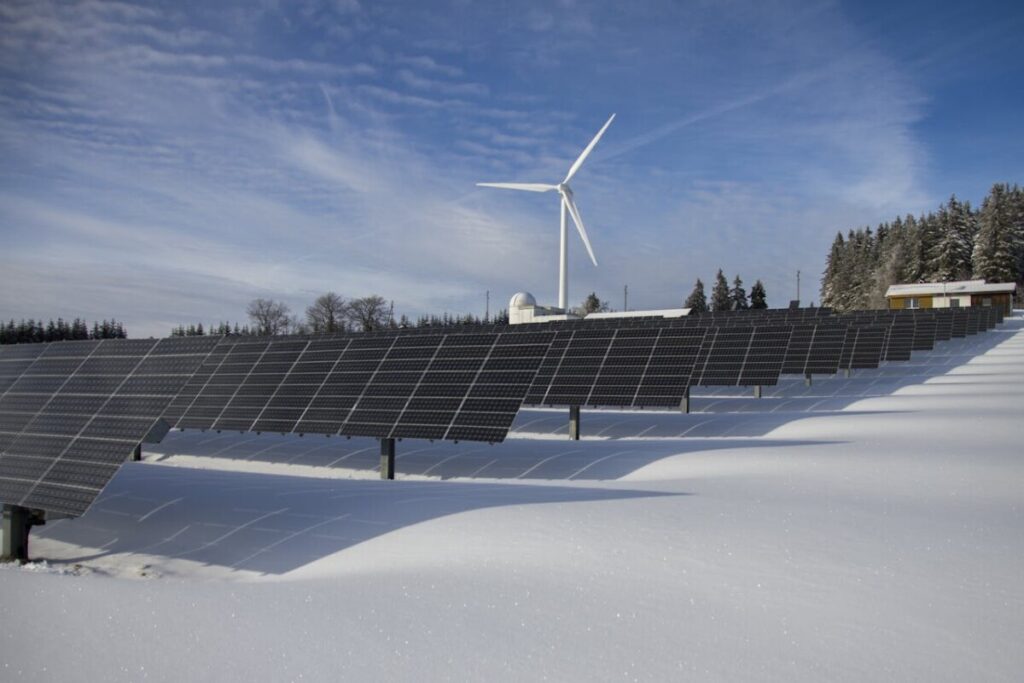
Advantages of Renewable Resources
1. Sustainability
One of the main advantages of renewable resources is their ability to regenerate over a relatively short period of time.
This means that, unlike non-renewable resources, they can meet human consumption needs without being exhausted.
Solar energy, wind energy, and geothermal energy are examples of resources that can be harnessed indefinitely.
2. Environmental Benefits
Renewable energy sources contribute significantly less to greenhouse gas emissions compared to fossil fuels.
This reduces the impact on global warming and helps combat climate change. By transitioning to renewable energy sources, the world can reduce its dependence on fossil fuels and lower its carbon footprint.
3 .Job Creation
The shift toward renewable energy has led to the creation of new industries and jobs. The development of solar panels, wind turbines, and renewable energy projects requires a skilled workforce.
According to the International Energy Agency, jobs in the renewable energy sector have been on the rise in recent years, further emphasizing the economic benefits of these resources.
4. Energy Independence
Countries that invest in renewable sources of energy can reduce their reliance on imported fossil fuels, thus achieving greater energy independence.
This is particularly relevant in areas that have abundant natural resources, such as sunlight or wind, and can meet their own energy needs without relying on non-renewable imports.
Disadvantages of Renewable Resources
1. Initial Costs
While renewable energy offers long-term benefits, the initial costs of developing infrastructure such as solar panels or wind farms can be high.
Governments and businesses must invest significant capital to transition to a renewable energy production model.
2. Intermittency Issues
Some renewable resources, such as solar power and wind power, are dependent on weather conditions.
This intermittency can result in inconsistent energy production, which may not always align with daily lives and energy demands.
For example, solar power cannot be generated during the night, and wind energy may not be available on calm days.
3. Land and Space Requirements
Large-scale renewable energy projects, such as offshore wind farms and solar arrays, require significant amounts of land or sea space.
This can lead to conflicts with other land uses, such as agricultural production, wildlife conservation, or urban development.
Advantages of Non-Renewable Resources
1. High Energy Density
Fossil fuels such as coal, natural gas, and crude oil contain a high energy content, making them very efficient for powering large industrial processes and transportation systems.
Their energy-dense nature allows for easy storage and transportation, which is why they continue to dominate the world’s energy consumption.
2. Established Infrastructure
The global energy infrastructure has been built around the extraction, refinement, and use of non-renewable energy sources.
Fossil fuel industries have well-established supply chains and technology, making it easier and more cost-effective to continue using these resources in the short term.
3. Reliability
Unlike renewable resources that may be affected by weather or time of day, non-renewable resources provide a constant and reliable energy supply.
Power plants fueled by coal, natural gas, or nuclear energy can generate electricity continuously, making them a stable energy source for meeting high demands.
Disadvantages of Non-Renewable Resources
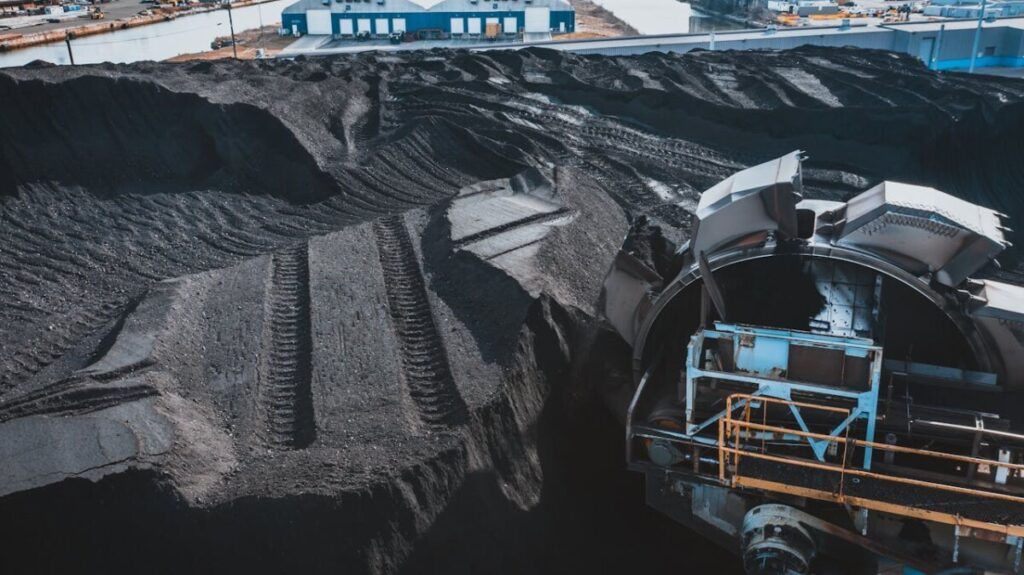
1. Environmental Degradation
The extraction and use of non-renewable resources have devastating environmental consequences. For instance, coal mining contributes to habitat destruction and air pollution.
While oil extraction can lead to catastrophic oil spills. Additionally, the burning of fossil fuels is the leading cause of greenhouse gas emissions, which are driving global warming and other adverse climate effects.
2. Finite Supply
As the global population grows, the demand for non-renewable energy resources increases. However, these resources are limited.
Once they are depleted, they cannot be replaced. This has sparked concerns about the future availability of natural gas, crude oil, and coal.
With finite resources being consumed at an unsustainable rate, the world is facing a potential energy crisis if alternatives are not found.
3. Health Impacts
The burning of fossil fuels releases pollutants such as carbon dioxide, sulfur dioxide, and nitrogen oxides into the atmosphere.
These pollutants contribute to air pollution, which can have severe health impacts, including respiratory illnesses, heart disease, and premature death.
Communities living near coal mining sites or oil refineries are particularly vulnerable to these health risks.
The Role of Technology in Renewable Energy
In recent years, significant progress has been made in technological advancements that improve the efficiency and affordability of renewable energy.
The development of more efficient solar cells, improvements in wind turbine design, and advances in geothermal energy have all contributed to the growing competitiveness of renewable energy compared to non-renewable resources.
Moreover, innovations in energy storage technologies, such as batteries, are helping to overcome the intermittency issues associated with solar and wind energy, ensuring a more reliable energy supply.
Renewable and Non-Renewable Resources Frequently Asked Questions (FAQs)
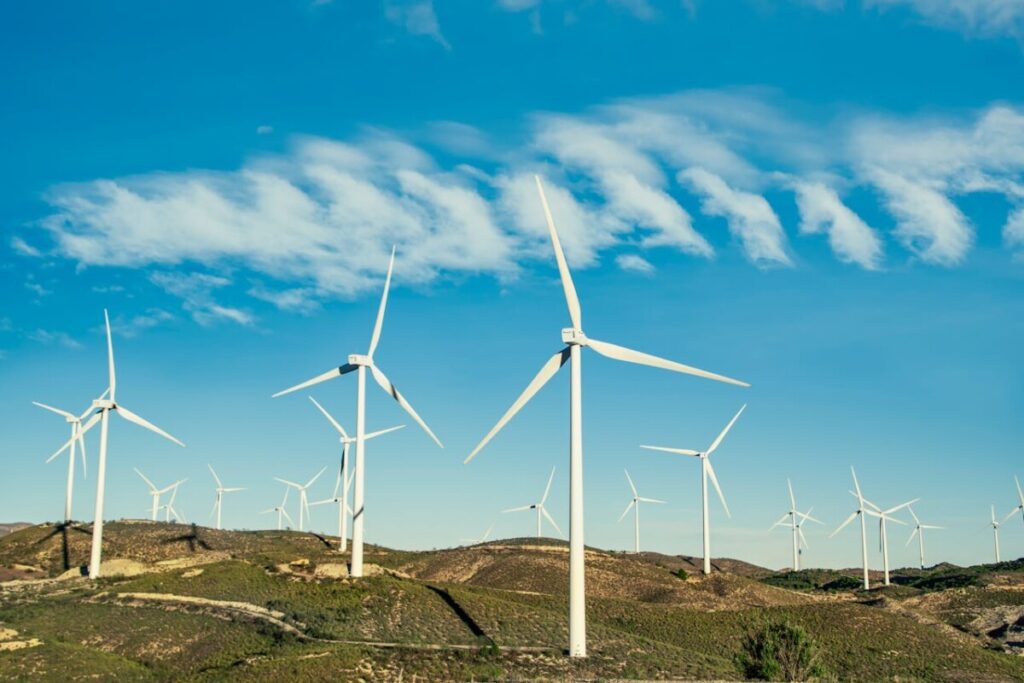
What are renewable and non-renewable resources?
Renewable resources are those that can be replenished naturally over time, while non-renewable resources exist in limited supply and cannot be regenerated once depleted.
What are the main types of renewable resources?
The main types of renewable resources include solar energy, wind energy, geothermal energy, hydropower, and biomass.
Why are non-renewable resources a concern for future generations?
Non-renewable resources are a concern because they are being consumed at unsustainable rates. Once depleted, they cannot be replaced, leaving future generations without access to these critical energy sources.
What is the environmental impact of non-renewable resources?
The use of non-renewable resources leads to severe environmental degradation, including greenhouse gas emissions, habitat destruction, and pollution from extraction processes.
How does renewable energy help combat climate change?
Renewable energy sources produce little to no greenhouse gases, significantly reducing the carbon footprint associated with energy production and helping to mitigate global warming.
In the final section, we will conclude with the importance of transitioning from non-renewable resources to renewable energy for a sustainable future.
The Importance of Transitioning to Renewable Energy for a Sustainable Future
As the world grapples with the reality of climate change and the imminent depletion of non-renewable resources, the need to transition to a sustainable energy model has become urgent.
But what are renewable and non-renewable resources, and how can understanding their differences guide us toward a more secure future?
The reliance on non-renewable resources like fossil fuels, natural gas, and crude oil is not only contributing to environmental damage but also presenting long-term challenges due to their finite availability.
The Role of Policy and International Agreements
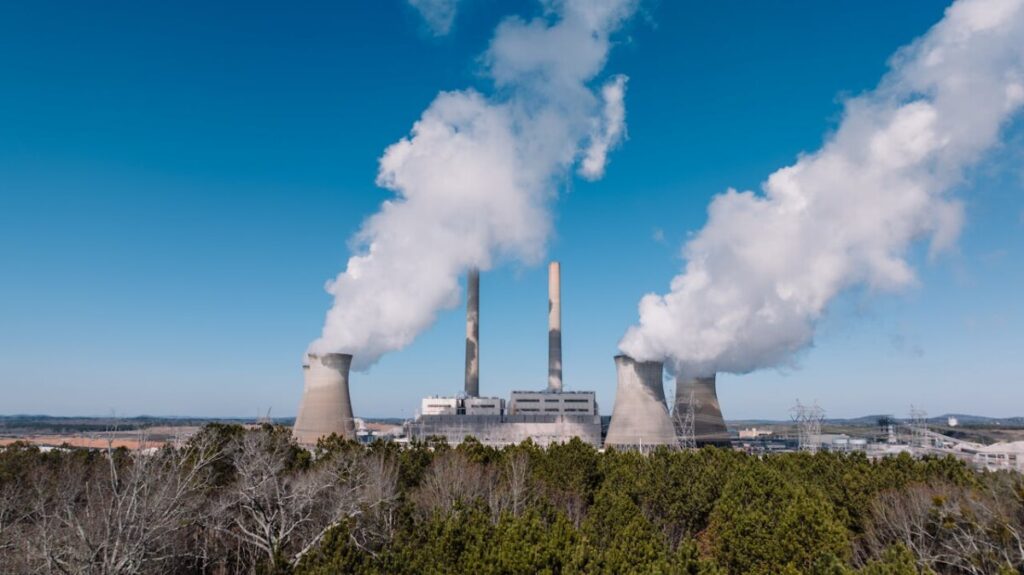
In response to the global climate crisis, international agreements such as the Paris Agreement have called for the reduction of greenhouse gas emissions and a shift toward renewable energy sources.
Governments around the world are investing in renewable energy projects to meet energy demands while reducing their environmental impact.
The United States, along with other nations, has begun to implement policies that encourage the development of clean energy infrastructure, promote energy efficiency, and reduce the nation’s dependency on non-renewable energy resources.
Future Generations and Energy Security
Ensuring that future generations have access to energy without the destructive consequences of non-renewable energy sources is one of the central goals of the transition to renewable energy.
The current overreliance on finite fossil fuel reserves presents a significant risk to global energy security.
As the world’s human population continues to grow, the demand for energy will increase, putting additional pressure on already stressed non-renewable resources.
Transitioning to renewable sources of energy is essential not only for the environment but also for meeting the energy demands of future generations.
Technological Advancements Driving Renewable Energy Growth
Technological advancements have significantly improved the viability of renewable energy, making it more competitive with non-renewable resources.
For instance, the cost of solar panels has dropped dramatically in recent years, while innovations in wind turbines have led to greater efficiency in harnessing wind energy.
These improvements are helping to bridge the gap between renewable and non-renewable energy sources, making the transition more feasible on a large scale.
Furthermore, the development of energy storage solutions, such as advanced battery technology, is helping to overcome one of the major challenges associated with renewable energy: intermittency.
With better storage capabilities, renewable energy can be harnessed and stored for use during periods when the sun isn’t shining or the wind isn’t blowing.
This makes renewable energy a more reliable and consistent power source.
The Environmental Benefits of Renewable Energy
One of the key advantages of renewable energy is its minimal environmental impact. While the extraction and use of non-renewable resources.
Such as coal and natural gas lead to significant emissions of greenhouse gases, renewable resources such as solar, wind, and geothermal energy produce little to no harmful emissions.
This shift to clean energy is essential in reducing the world’s overall carbon footprint and addressing the challenges of global warming.
Additionally, renewable energy technologies have far fewer environmental impacts in terms of land and water usage.
For instance, while coal mining and oil extraction can devastate ecosystems and lead to catastrophic oil spills, the use of solar panels or wind turbines has a much lower impact on the environment.
Overcoming the Challenges of Renewable Energy Adoption
Despite the many benefits of renewable energy, challenges remain in its widespread adoption.
High upfront costs, the need for improved infrastructure, and the intermittency of resources like solar and wind energy are obstacles that must be overcome.
However, with ongoing investments in technological advancements and policy support from governments and international organizations, these challenges are being addressed.
To further drive the adoption of renewable energy, incentives such as subsidies, tax breaks, and grants are being offered to businesses and homeowners.
These financial incentives are aimed at reducing the cost barrier to renewable energy technologies and encouraging more widespread use.
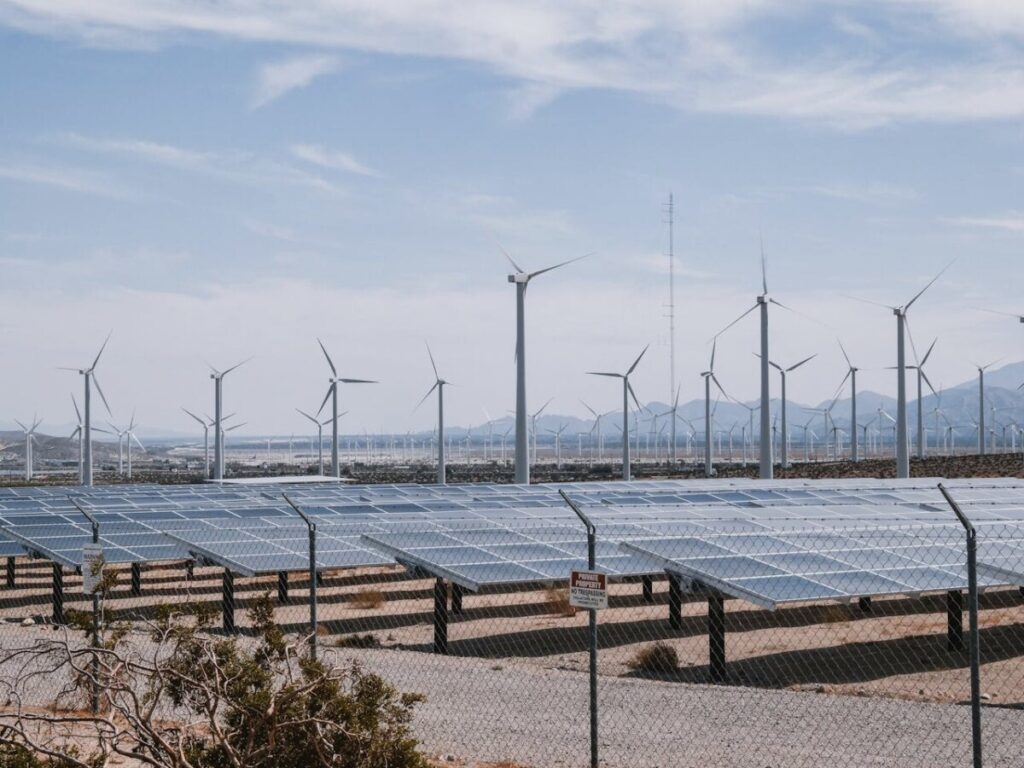
Renewable and Non-Renewable Resources Frequently Asked Questions (FAQs) (Continued)
What are some examples of non-renewable resources?
Examples of non-renewable resources include coal, natural gas, crude oil, and uranium ore. These resources are limited in supply and take millions of years to form.
Can renewable resources fully replace non-renewable resources?
With continued technological improvements and policy support, renewable resources have the potential to replace non-renewable energy sources for much of the world’s energy needs. However, challenges related to storage, infrastructure, and intermittency must still be addressed.
What are the main environmental impacts of fossil fuels?
Fossil fuels contribute to greenhouse gas emissions, which are driving global warming and climate change. Additionally, their extraction often leads to environmental degradation, including oil spills, habitat destruction, and air pollution.
What is the role of nuclear energy in the renewable energy transition?
While nuclear energy is not considered a renewable resource due to the finite nature of uranium, it plays a role in reducing carbon emissions. However, the risks associated with radioactive waste and nuclear accidents make it a controversial option.
What can individuals do to reduce their reliance on non-renewable resources?
Individuals can reduce their reliance on non-renewable resources by adopting energy-efficient practices, investing in renewable energy solutions such as solar panels, and supporting policies that promote sustainable energy development.
Renewable and Non-Renewable Resources Conclusion
Understanding what are renewable and non-renewable resources is critical for shaping the future of global energy systems.
The current reliance on non-renewable energy resources poses significant risks to the environment, human health, and future energy security.
The transition to renewable sources of energy, such as solar power, wind energy, and geothermal energy, offers a pathway to a cleaner, more sustainable future.
By addressing the challenges associated with renewable energy production and investing in technological advancements, the world can reduce its dependency on fossil fuels and mitigate the impacts of climate change.
For future generations, this shift is not only necessary but vital for ensuring a healthy planet and a secure energy future.
Recent Posts
Understanding Energy and Electricity: The Power For Progress
Energy and Electricity Energy and electricity are integral components of modern life, powering everything from homes and businesses to transportation and communication. Without them, the...
The Future of Wind Energy The future of wind energy is set to play a critical role in addressing global energy needs while combating climate change. As renewable energy sources like wind and...


